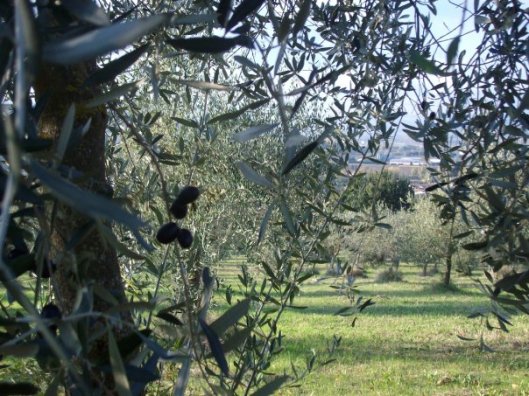Confession: I have a fetish for cookbooks.
I should say that my fetish is for researching cookbooks. Scouting out favorites lists like the ones found here or there can turn into a distracting pass time.
Then I turn to the opinion of the average home cook. This is why I am thankful for Amazon.com customer reviews. The occasional commentor posts something like, “I didn’t like this cookbook because of all the Spanish recipes. Since I lived in Spain for several years, I didn’t find this cookbook helpful.” So, the researcher has to be discerning in the reviews with which she is conducting her study.
This careful process reminds me of my former researching days — only in college I sat in musty corners of the library paging through Arthurian romances. Now, I find myself rummaging for the haute coutoure of cuisine. Tomato, tomahto.
Discovering Beatrice Peltre’s highly acclaimed new book La Tartine Gourmande: Recipes for an Inspired Life was a fun find. I first came across the book when Heidi Swanson featured Bea on 101 Cookbooks. As reflected in her own blog, Bea values vibrant, natural qualities in cuisine that are only honored by using whole foods as her ingredients. Influenced from her childhood in France, previous life in New Zealand, now and the U.S., her culinary point of view carries a unique international flair.
I am very much looking forward to recieving my copy in the mail. I’m sure venturings from La Tartine Gourmande will surface in later posts.
Creating in the kitchen this week required a slower pace. Whether it was making pesto for a crowd in a Japanese suribachi,
 or blending citrus flavors into homemade curd, everything required a little extra love. Previously idle glass jars became vessels for grapefruit lemon curd and freshly-brewed raspberry mint tea.
or blending citrus flavors into homemade curd, everything required a little extra love. Previously idle glass jars became vessels for grapefruit lemon curd and freshly-brewed raspberry mint tea.
Speaking of pesto, I found this film from Kinfolk to be inspiring. A skeptic may be thinking, Why not use a food processor? Less time, less elbow grease.
Basil, olive oil, pine nuts, and parmeggiano reggiano will thank you for your time. Sweet, lingering aromas of basil and the wonderful fattiness of olive oil have the chance to meld and mesh with these manual methods. For a simple application, dress linguine for a lunch dish. Adorning gnocchi with pesto and a glass of Orvieto Classico always makes me sentimental. Here are a few photographs from a day I strolled through the little hill town.
The next time you make pesto, pair it with a white wine from your favorite Italian hill town. I imagine the measurements from the Kinfolk film would yield a favorable result. I use Alice Waters’ recipe from her book. If you’ve been following me for a while, you can tell that this book has become a very close to friend to me in the kitchen.
-A





This makes me want to make pesto, drink a glass of wine, and then stroll through Orvieto.
Pingback: A painter’s lunch « Dough